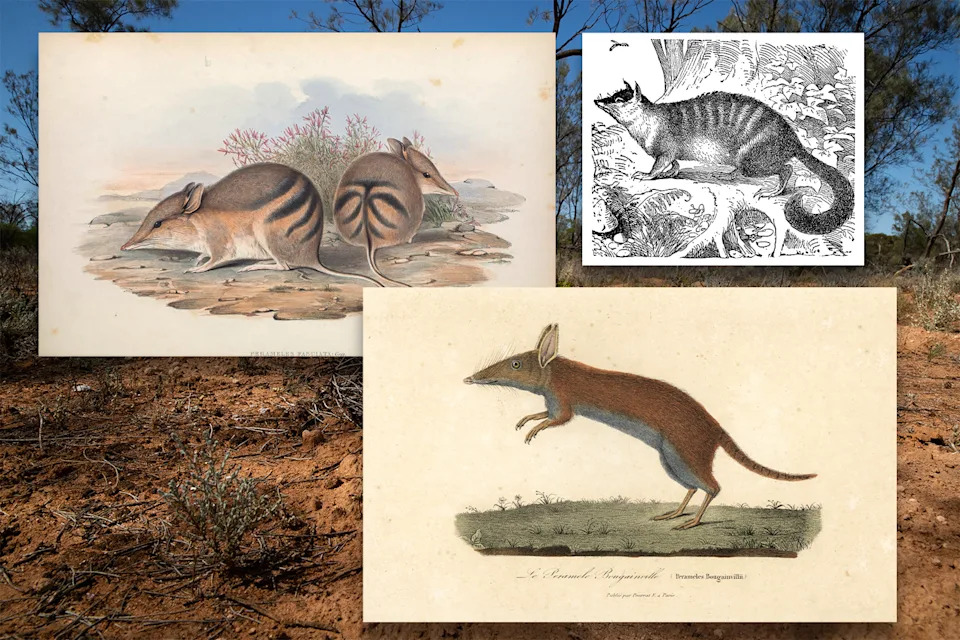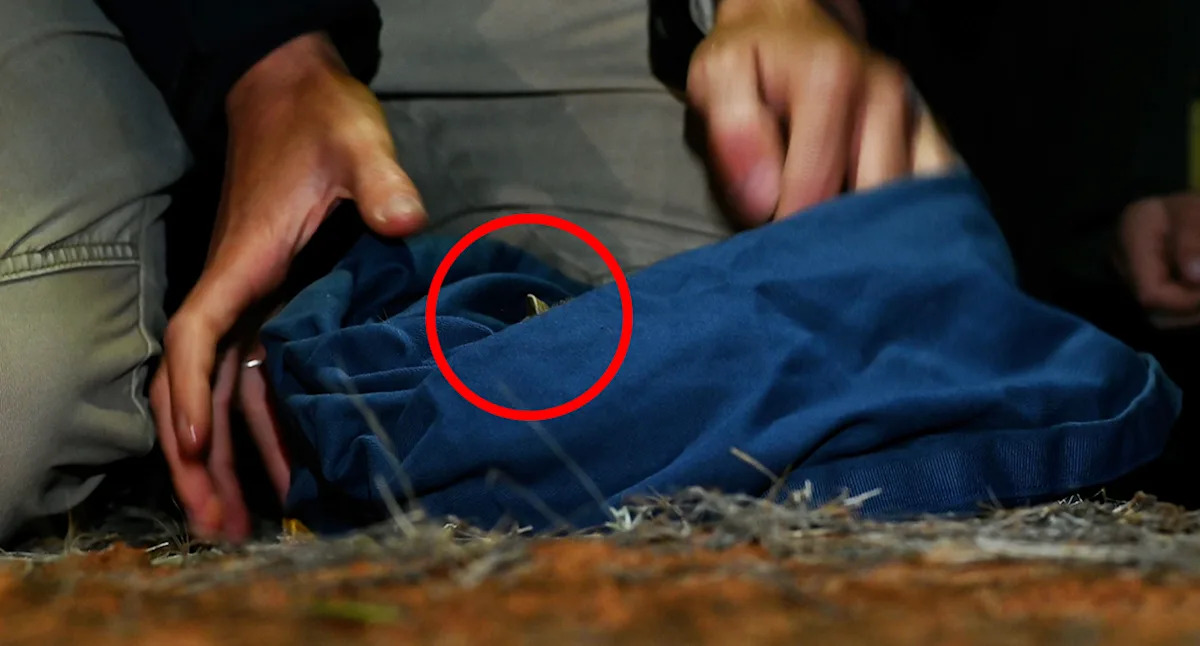Against all odds, one of Australia’s smallest marsupials has returned to southwest NSW, more than 150 years after it was wiped out from the region. Few people alive have witnessed western barred bandicoots in the wild, because the once-widespread species likely became extinct on the mainland around 1929.
Incredible footage from the non-profit group Australian Wildlife Conservancy (AWC) captures two of the 20 endangered animals nervously touching their foot on the ground to reclaim their homeland. The tiny creature needs a little encouragement from a handler before it scurries away across the scrubland.
The introduction of foxes and cats by European settlers rapidly wiped out the species from its semi-arid range on mainland Australia. Today, it’s also known as the Shark Bay bandicoot, because remnant populations survived on nearby Dirk Hartog and Faure islands, the westernmost point of Australia.
Related: Another ‘little-known’ Aussie animal declared extinct
Releasing them back into the wild in southwest NSW was only possible inside the Mallee Cliffs National Park in the state’s southwest, because it contains the mainland’s largest fenced-off feral-predator free sanctuary.
This year, other rare animals like the long-footed potoroo and Leadbeater’s possum have been rediscovered in areas of NSW where they were believed to be extinct. But it’s almost certain there are no naturally occurring western barred bandicoots left in the state.

European settlers initially reported western barred bandicoots in abundance on Australia’s mainland. Source: Getty
Nine locally extinct species restored to former habitat
The Mallee Cliffs release occurred last week through a partnership between AWC and the National Parks and Wildlife Service. There are now seven mainland populations of the species, in Western Australia, South Australia and NSW.
“It’s like an Aussie comeback story with a whole lot of heart,” AWC ecologist Dr Rachel Ladd said
Western barred bandicoots are the ninth species restored to Mallee Cliffs by AWC and NPWS. The others are the greater bilby, greater stick-nest rat, numbat, brush-tailed bettong, red-tailed phascogale, Mitchell’s hopping mouse, burrowing bettong, and the bridled nailtail wallaby.
“We’re one species away from reaching a significant wildlife conservation milestone here in south west NSW,” Ladd said.
“The last species planned for reintroduction to Mallee Cliffs under the first phase of the project is the top-order mammalian carnivore, the western quoll.”
Love Australia’s weird and wonderful environment? 🐊🦘😳 Get our new newsletter showcasing the week’s best stories.


